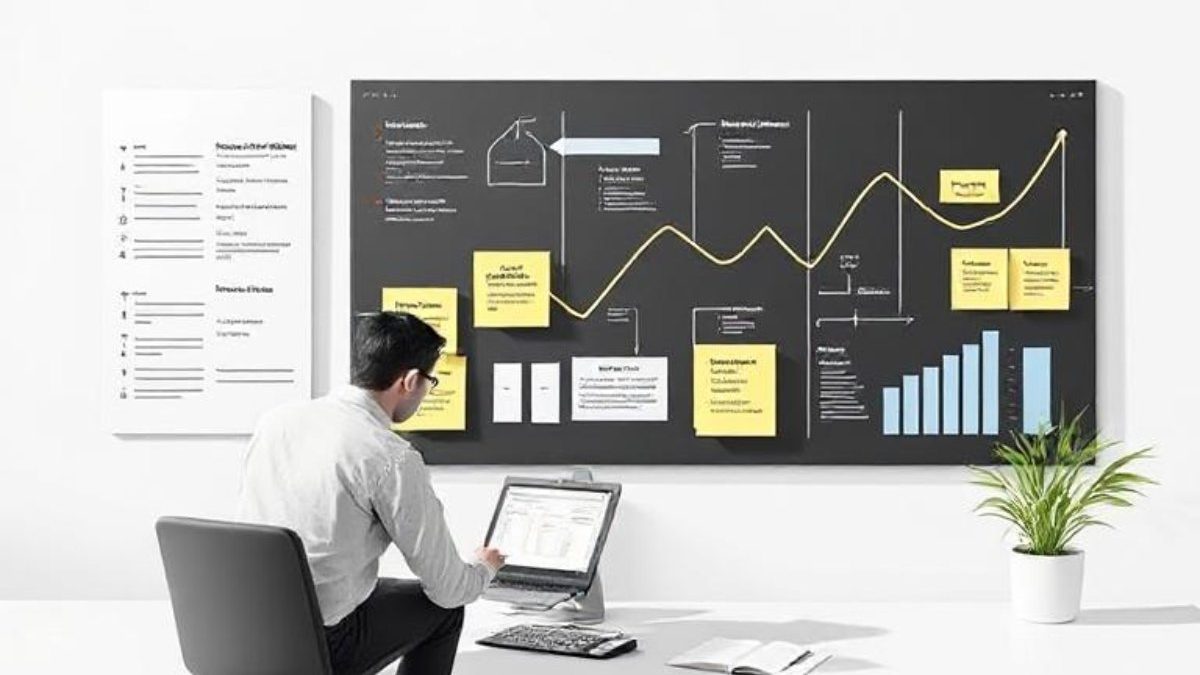A staggering 65% of significant energy projects experience cost overruns, with delays averaging 20 months. These inefficiencies arise from gaps between planning and execution—issues like inadequate risk assessment, supply chain disruptions, and misaligned stakeholder expectations.
So, how can energy companies ensure seamless transitions from blueprint to reality?
Table of Contents
1. Integrated Project Management Systems
Traditional project planning tools often fail to communicate effectively across teams. Integrated project management systems centralize data, allowing real-time monitoring of budgets, schedules, and risks. Cloud-based platforms also improve collaboration between engineers, contractors, and executives, reducing miscommunication that leads to costly errors.
2. Front-End Planning and Risk Assessment
Energy projects demand extensive front-end planning. Organizations that conduct thorough feasibility studies and risk assessments before execution reduce budget overruns by up to 30%. Scenario analysis, supply chain mapping, and regulatory compliance checks prevent bottlenecks before they arise. Additionally, incorporating predictive analytics can help project managers anticipate potential issues based on past data, further strengthening risk mitigation strategies.
3. Strong Interface Management
Large-scale energy projects involve multiple teams working simultaneously, often leading to inefficiencies at the handoff points. A robust interface management strategy ensures that all project phases align smoothly, from design to construction. This includes clearly defining responsibilities, establishing communication protocols, and using technology to track team dependencies. Poor interface management can lead to redundant work, increased downtime, and inflated costs. By ensuring seamless coordination, companies can improve execution efficiency and reduce rework.
4. Digital Twin Technology
Adopting digital twin technology allows companies to create virtual replicas of their projects, simulating real-world scenarios. This innovation helps identify design flaws, optimize performance, and forecast potential operational issues before physical execution begins, saving millions in rework costs. Digital twins also enable real-time monitoring during execution, offering insights to enhance decision-making and improve maintenance strategies once the project is operational.
5. Workface Planning (WFP)
Workfaceplanning is a best practice that improves construction productivity by ensuring workers have everything they need—tools, materials, and information—before execution begins. Companies implementing WFP have seen productivity improvements of up to 25%, making it a game-changer in energy sector project execution. By breaking down the project into smaller, manageable work packages, WFP ensures that tasks are completed in the most efficient order, reducing downtime and material waste.
6. Expert Oversight and Commissioning Support
Even the best-planned projects can falter without proper oversight. Engaging third-party specialists to oversee commissioning and startup phases ensures alignment with industry standards and operational safety. Organizations like OCCMS provide project completion and commissioning expertise, helping energy firms transition smoothly from construction to full-scale operations. Their systematic approach minimizes delays and enhances operational readiness, ensuring the project meets all safety and performance criteria before it goes live.
Closing Remarks
Bridging the gap between project planning and execution in the energy sector requires advanced technology, strategic planning, and expert oversight. By implementing integrated project management, workface planning, and digital twin technology, companies can mitigate risks, improve efficiency, and ensure their projects are completed on time and within budget. Furthermore, continuous performance monitoring and adaptability to evolving project demands can create a more resilient and efficient project execution framework, reducing long-term operational risks.


